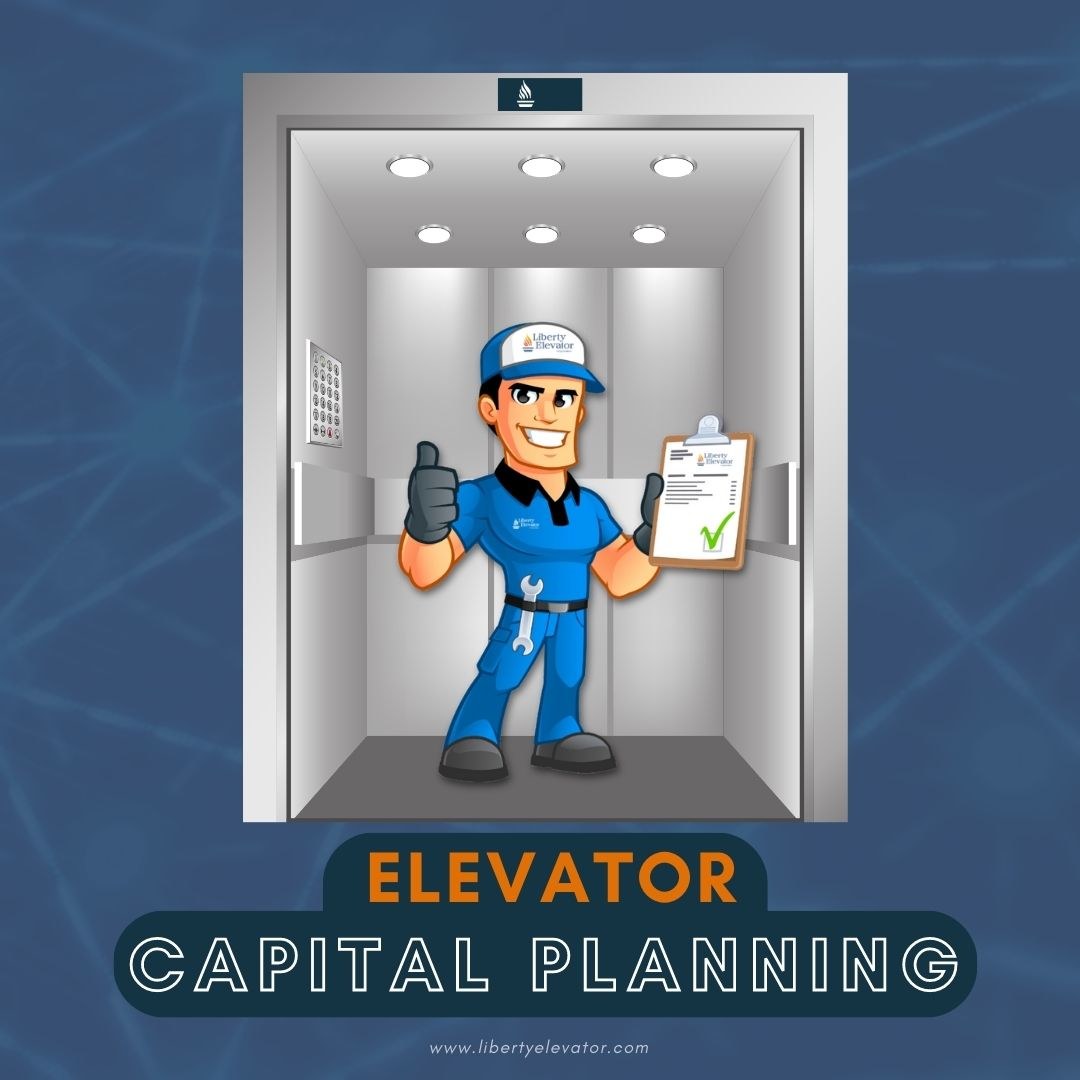Elevators are an essential part of any commercial property. They provide a safe and efficient way for people to move throughout your building, and they can also have a significant impact on the property's overall value. If your elevators are old or outdated, it may be time to consider an upgrade.

In this blog post, we will discuss the benefits of upgrading your commercial elevators, as well as some factors to consider when planning an upgrade. We will also provide tips on how to maximize your ROI on your elevator investment.
Benefits of Upgrading Commercial Elevators
There are many benefits to upgrading your commercial elevators. Some of the most important benefits include:
- Increased safety: Newer elevators are equipped with the latest safety features, which can help to reduce the likelihood of accidents.
- Improved efficiency: Updated elevators are more energy-efficient than older models, which can save you money on your energy bills.
- Reduced Downtime: Modernized elevators are less likely to break down, which means that you'll spend less money on repairs and maintenance.
- Increased accessibility: Modern elevators are often designed to be more accessible for people with disabilities.
- Enhanced curb appeal: New elevators can give your property a modern and updated look, which can attract tenants and customers.
- Increased Property Value: Investing capital in one of the most expensive assets within your facility, ultimately increases the overall value of the property.
Factors to Consider When Planning an Elevator Upgrade
When planning an elevator upgrade, there are a few factors you need to consider. These include:
- The size and age of your building: The size and age of your building will affect the type of elevator you need. For example, a large office building will require a different type of elevator than a small retail store.
- The number of passengers: The number of passengers who use your elevators will also affect the type of elevator you need. If you have a high volume of traffic, you will need an elevator that can handle a lot of people.
- The budget: The cost of an elevator upgrade can vary depending on the type of elevator you choose and the size of your building. It is important to set a budget before you start planning your upgrade.
Key Components & Timeline For Capital Investment In Your Elevator
As a general rule, the industry standard life expectancy of an elevator is approximately 20 years of service before you need to consider modernization or replacement. This average is based on parts obsolescence, updated energy standards and the general wear of components. After 20 years in operation your elevator may no longer be cost effective to maintain.
The following table shows key elevator equipment that might need to be modernized proactively over the life cycle of your elevator.
| Age of Elevator | Hydraulic Elevator | Traction Elevator |
| 0-10 Years | Oil Change, Victaulic Seals, Rupture Valve, Hydraulic Control Valve, Guide Shoes / Rollers, Door Re-Opening Device | |
| 10-15 Years | Door Operator, Hoistway Wiring, Pump & Pump Motor | |
| 15-20 Years | Controller & Fixtures, Power Unit | |
| 20+ Years | Complete Modernization |
As your elevator ages, you may see an increase in service calls, higher energy consumption, a decrease in responsiveness and noisy performance. Before your elevator maintenance bills start to pile up, you will want to proactively meet with your elevator service provider to plan ahead for the capital investment necessary to modernizing your elevator.
Tips for Maximizing ROI on Your Elevator Investment
There are a few things you can do to maximize your ROI on your elevator investment. These include:
- Choose the right type of elevator for your needs: As mentioned earlier, the type of elevator you choose will depend on the size and age of your building, as well as the number of passengers who use your elevators. Choosing the right type of elevator will help you to get the most out of your investment.
- Get multiple quotes: It is important to get multiple quotes from reputable elevator companies before you make a decision. This will help you to ensure that you are getting the best possible price.
- Consider phased modernization: If the cost of a full modernization project is prohibitive, you may want to consider a phased approach. This involves upgrading the elevator's components and systems in stages over time. This can help you to spread out the cost of the project and to minimize disruption to your tenants.
- Explore all financing options: If you do not have the cash on hand to pay for your entire elevator upgrade, you may want to consider financing options. There are a number of different financing options available to allow you to address your elevator’s needs now while amortizing the costs over time to fit within your property’s long-term financial goals.
Conclusion
Upgrading your commercial elevators can be a wise investment that can improve the safety, efficiency, accessibility and value of your property. By following the tips in this blog post, you can maximize your ROI on your elevator investment and ensure that your elevators are meeting the needs of your tenants and customers.
Liberty Elevator Is Your Capital Improvement Partner
We are committed to making your elevator run as efficiently as possible through regular maintenance & the modernization of your equipment. Contact Liberty Elevator for an inspection of your property and an honest assessment of your elevator options.
As one of the top elevator companies in New Jersey, New York, Pennsylvania & Florida, Liberty Elevator understands that our customers have unique needs and offers our clients the freedom to choose. Whether choosing a customized elevator maintenance program, installing nonproprietary equipment, or providing a flexible agreement, Liberty Elevator provides knowledgeable recommendations for various models and vintages of elevator equipment.

